The National Museums of Kenya (NMK) were the hosts of the 8th edition of the 2023 International Cultural Festival held in Nairobi. On Saturday 17th June, even the chilly Nairobi morning could not deter the lovers of culture from enjoying what the day promised.
At exactly 10 am, the gate officially opened to the public who flocked into the festival in droves. The exhibitors also understood the assignment perfectly as they were already stationed in their tents eager to display and showcase their varied collections to the public.
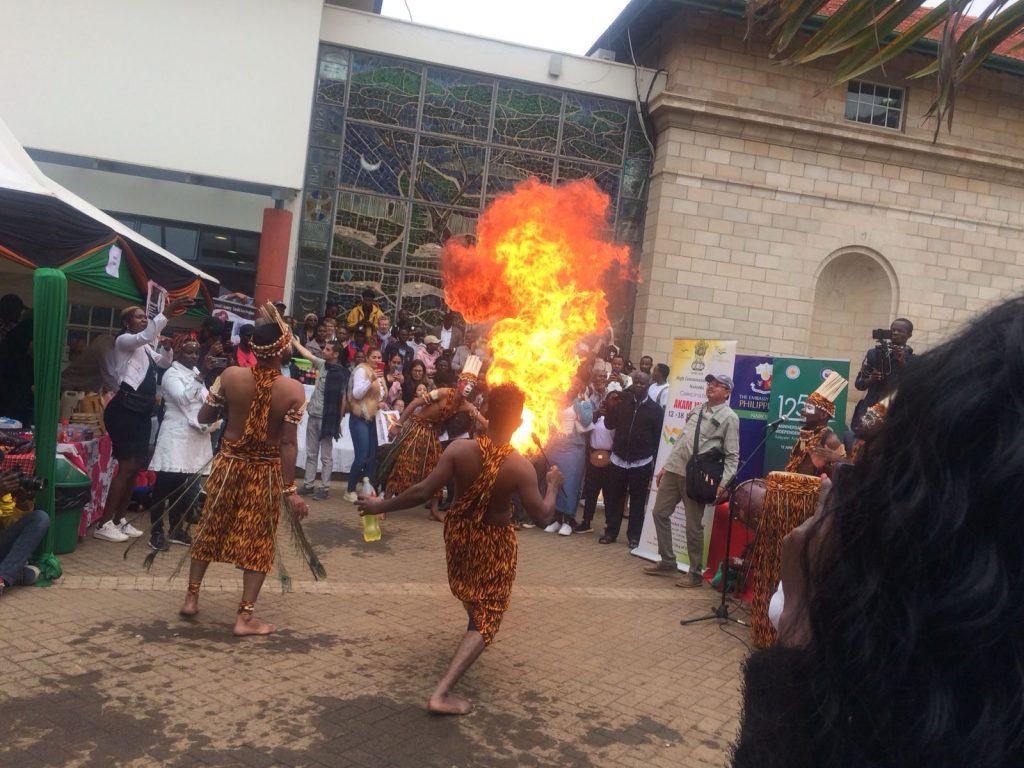
The memo was simple and precise; coming together again as a reminder that despite our cultural differences, we are all still bound together by the common fabric of our humanity. The festival was meant to exhibit diverse cultures, talents, and traditions from all corners of the globe with the aim of learning from one another.
The event was a result of joined partnerships between the NMK and various diplomatic missions of the world and it was the first time it was being held after a two-year covid hiatus.
As lovers of cultures ourselves, Kendirita Tours and Travel Ltd could not miss this wonderful opportunity to attend and sample the different displays from all around the globe. We have done a simplified summary of the festival’s highlights that we are absolutely proud to share with you below:
Different Cuisines
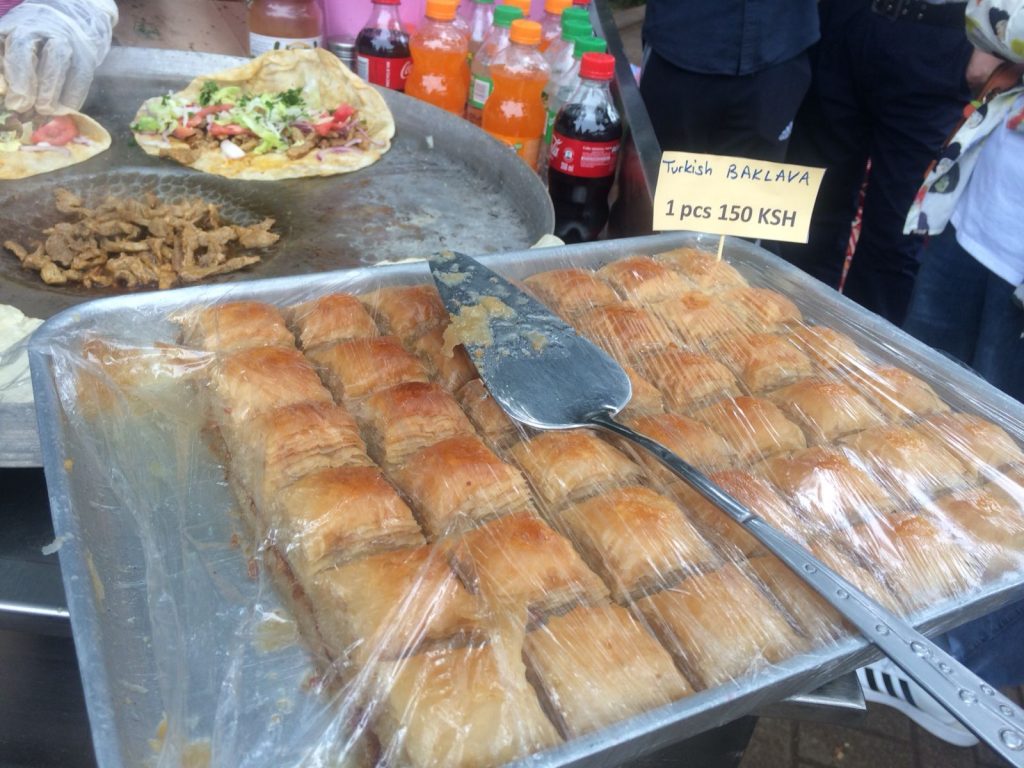
The phrase ‘cooking is love made visible’ by the author Sarah Ban totally came alive at this festival. Food is such a life-giving universal experience that we all partake in regardless of our color, culture, nationality, or gender. So, it was such a pleasure to walk into the different tents adorned with each country’s flags and emblems and sample the different meals on display.
Kenya proudly showcased its unparalleled aromatic coffee and delicious tea which were a welcome offer on that cold morning.
Turkish cuisine such as the Turkish baklava, a savory-sweet dessert made from puff pastry layered with crushed pistachios and glazed with sugar syrup was severed from as low as Kes. 150.
The Ethiopian tent did not disappoint either with their famously delicious Injera which served as both a food and a utensil. The Injera formed a delicious platter that was topped with doro wat, the delicious Ethiopian spicy chicken stew. It was nothing short of finger-licking good.
West Africa was equally represented by Nigerians who showcased their famous palm wine that was sold and enjoyed in tiny disposable tumblers.
Music and Dance
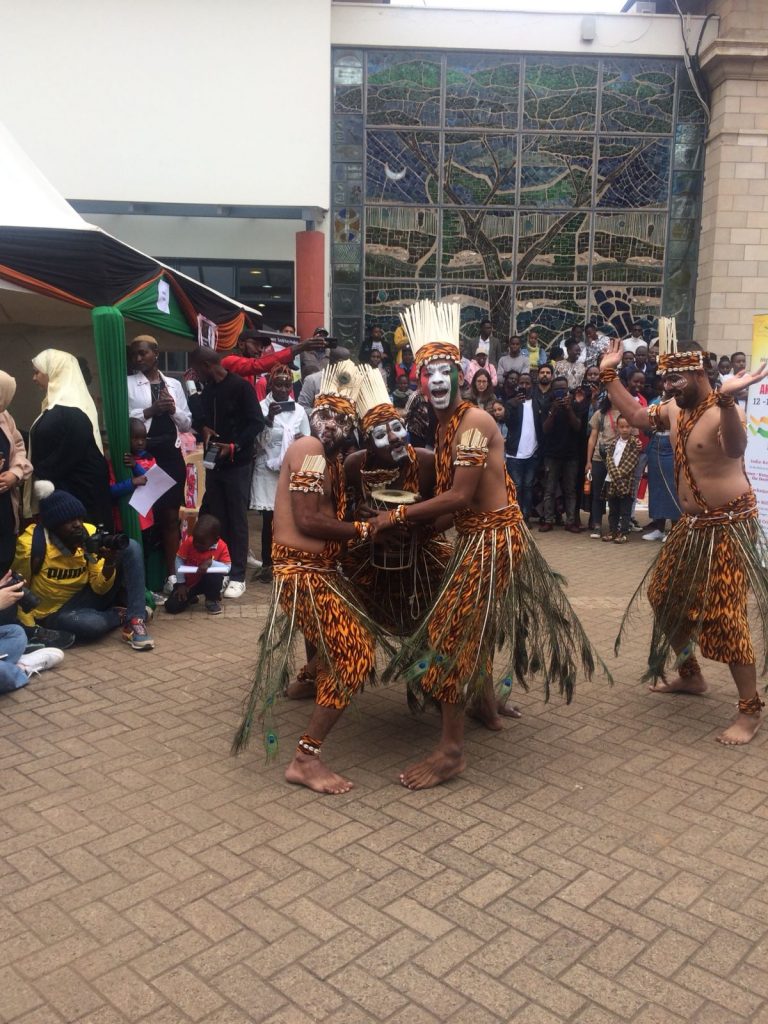
Kendirita Tours was particularly awe-struck by the dance and musical displays from the many cultures that came on stage. The Hindu, Masai, and Luo artists performed their traditional folksongs while adorned in their traditional regalia.
They gave such electrifying performances that although we did manage to capture a few on film, you really had to be there, they were oh-so immersive and evoked the most patriotic of feelings.
There was even a performance by two opera artists from the Philippines. They (as a tribute to Kenyans) performed the theme song for the once popular soap opera ‘The Promise’ much to the delight and thundering claps of the large crowd present.
The Kenyan coastal region also performed a traditional Digo folksong, the dancing was so simple, and soon everyone in the crowd was also singing and swaying along with the artists.
Art and Fashion
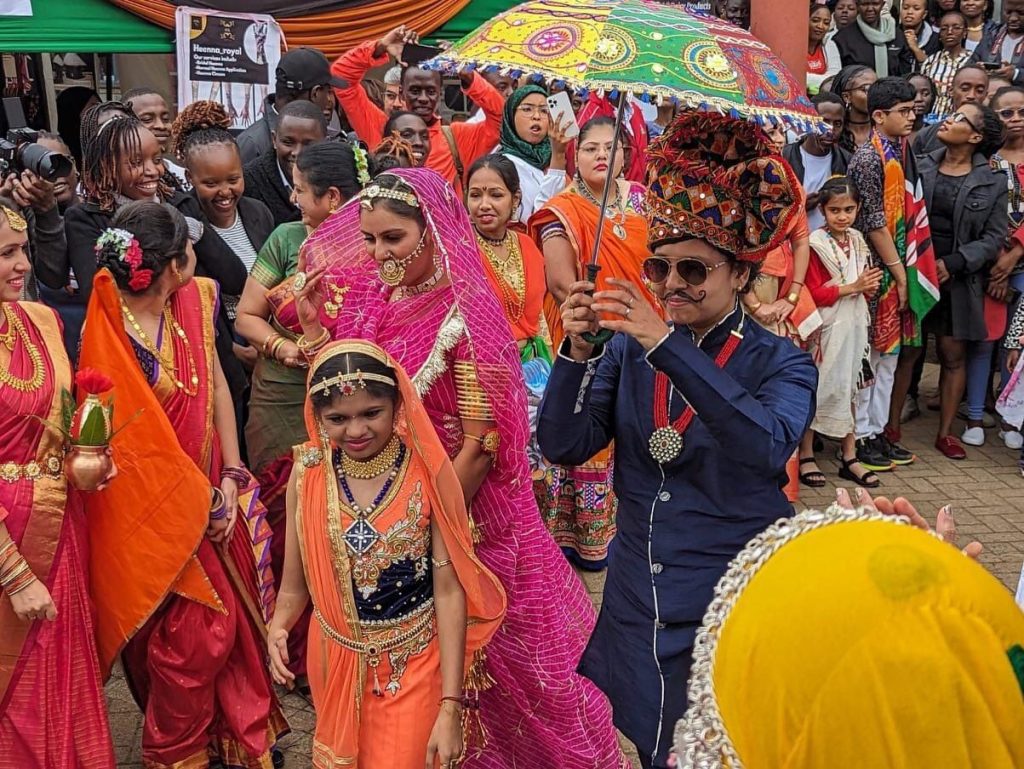
Artists from all over the world displayed their colorful paintings and numerous art forms for all to see, take photographs of and even buy. The prices were also fair as they were all heavily discounted. Kenyan upcoming artists also used this platform to launch their work to the world as well as learn from their international colleagues.
Likewise, fashion took center stage at the festival. The Japanese tent for instance had more than 25 sets of their traditional dress-the kimono. Kimonos were originally worn on special occasions and formal events, such as weddings, festivals, tea ceremonies, and coming-of-age ceremonies.
Although Japan has adopted a more modernized fashion, still the exhibitors displayed them in many colorful prints for men, women, and children. What’s more, they let the festival goers try on the kimonos and even take pictures in them. This experience was so eye-opening and gave us a glimpse into the traditional lives of the Japanese people.
Additionally, Kenyan jewelry made itself known to the world in majestic displays of our multi-colored beads and cowries as well as traditional crowns and head gears. They were all available to try on and purchase affordably.
Public Participation in Origami and Ikebana
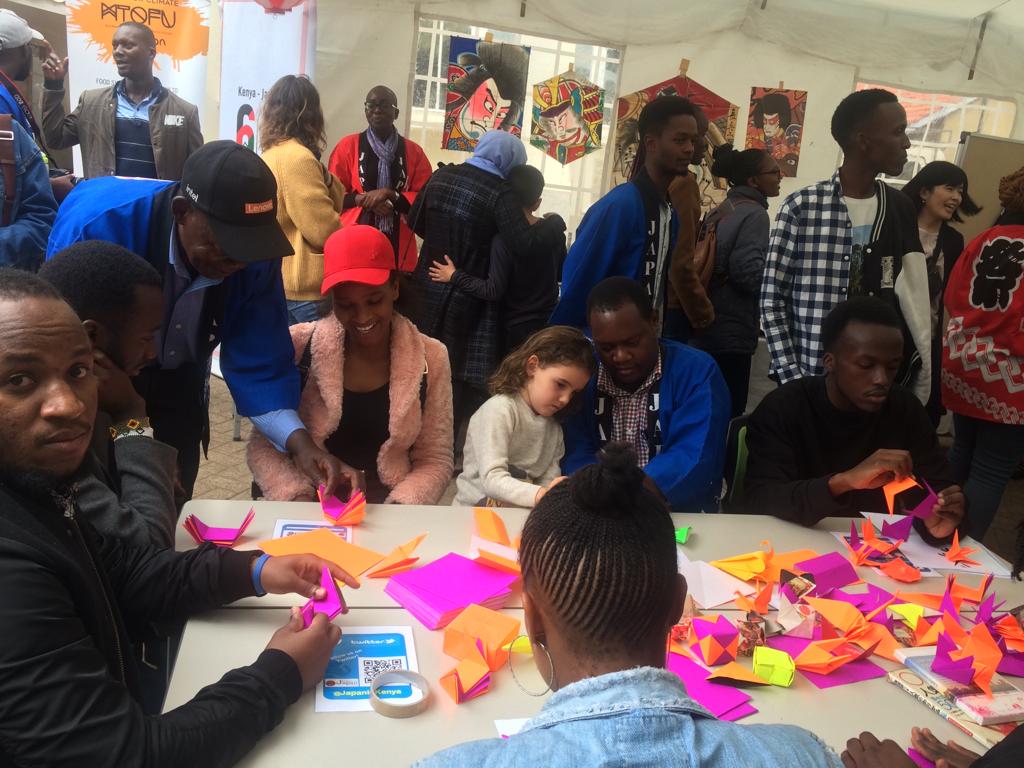
Last but definitely not least, the 8th Cultural Nairobi festival was quite hands-on as it allowed for public participation. For example, children and adults got a chance to make art pieces from paper in a craft known as origami.
It was so exciting to learn and practice how to fold paper into decorative shapes and figures. Everyone was so creative; adults were even learning from some of the kids who already practice this in schools.
Guests were also treated to Ikebana, an instant favorite for the Kendirita staff members present. Ikebana is a very old Japanese art of flower arrangement which emphasizes the beauty of simplicity, balance, and harmony. It is an old art that has been practiced for over 600 years.
We learned the arrangement of individual flowers, branches, and leaves, often using unconventional materials and incorporating negative space. In addition to its aesthetic value, Ikebana is considered a meditative and mindful practice.
It encourages practitioners to slow down, observe nature closely, and find beauty in the simplest of things. We can attest that we truly experienced this serenity and calm and we absolutely cannot wait for the next festival!
writer: Winnie Wekesa
